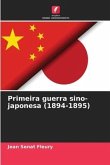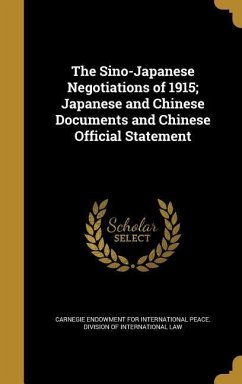By mid-September 1894, the Japanese navy controlled the Gulf of Chihli avoiding the Chinese in order to ship reinforcements to Korea by sea. They captured Port Arthur on November 21. Following a victory at Lüshin, the same month, General Yamagata prepared to march on Beijing. By March 1895, the Japanese forces had successfully invaded Shandong province in Manchuria and had fortified ports that commanded the sea approaches to Beijing. After suffering more than six months of unbroken losses to Japan's land and naval forces, and the loss of the port of Weihaiwei, China sued for peace in February 1895. Despite the formal opening of peace talks at Shimonoseki, Japanese ships bombarded and landed troops on the Pescadores Islands. The surrender of the Pescadores resulted in China's cession of those islands to Japan including Taiwan in the Treaty of Shimonoseki on April 17, 1895. The treaty demanded cession of the Liaodong peninsula as well. The conflict between the Qing dynasty of Chinaand the empire of Japan over influence in Joseon, Korea, ended in February 1895.








